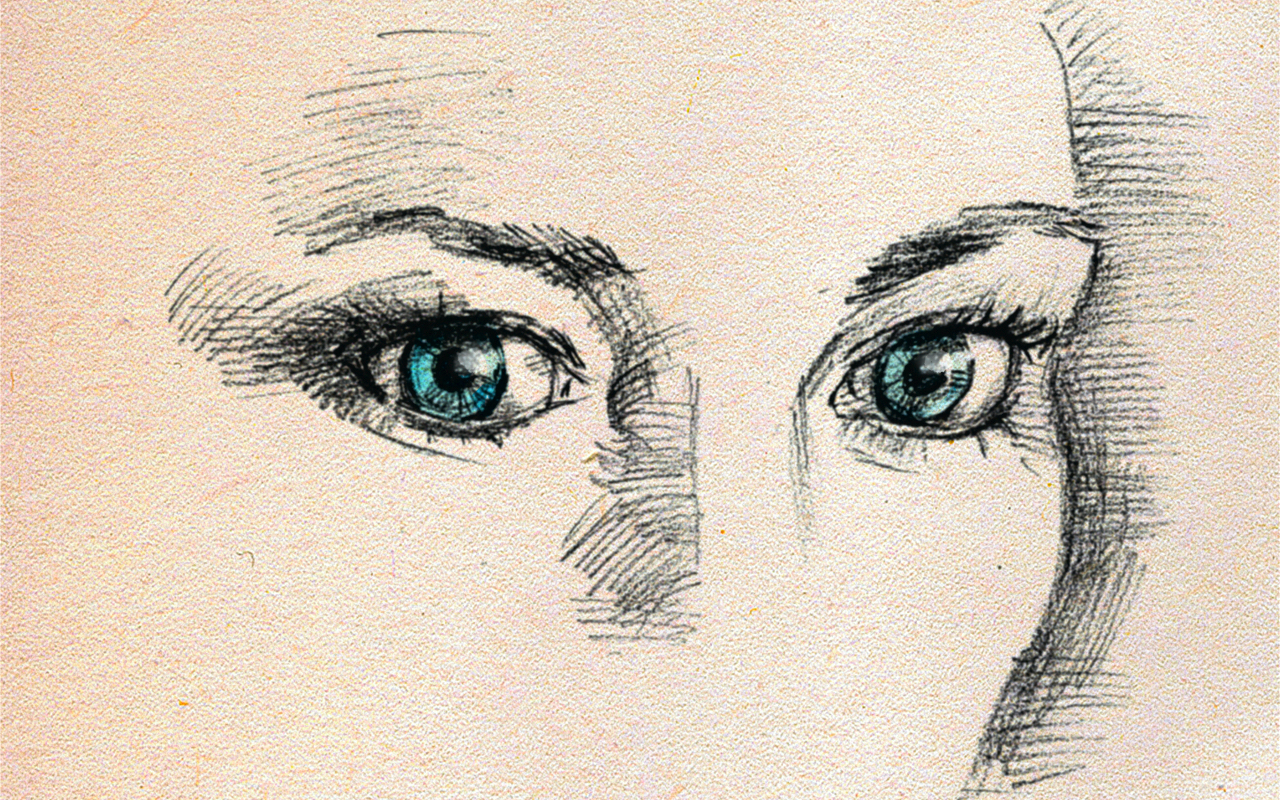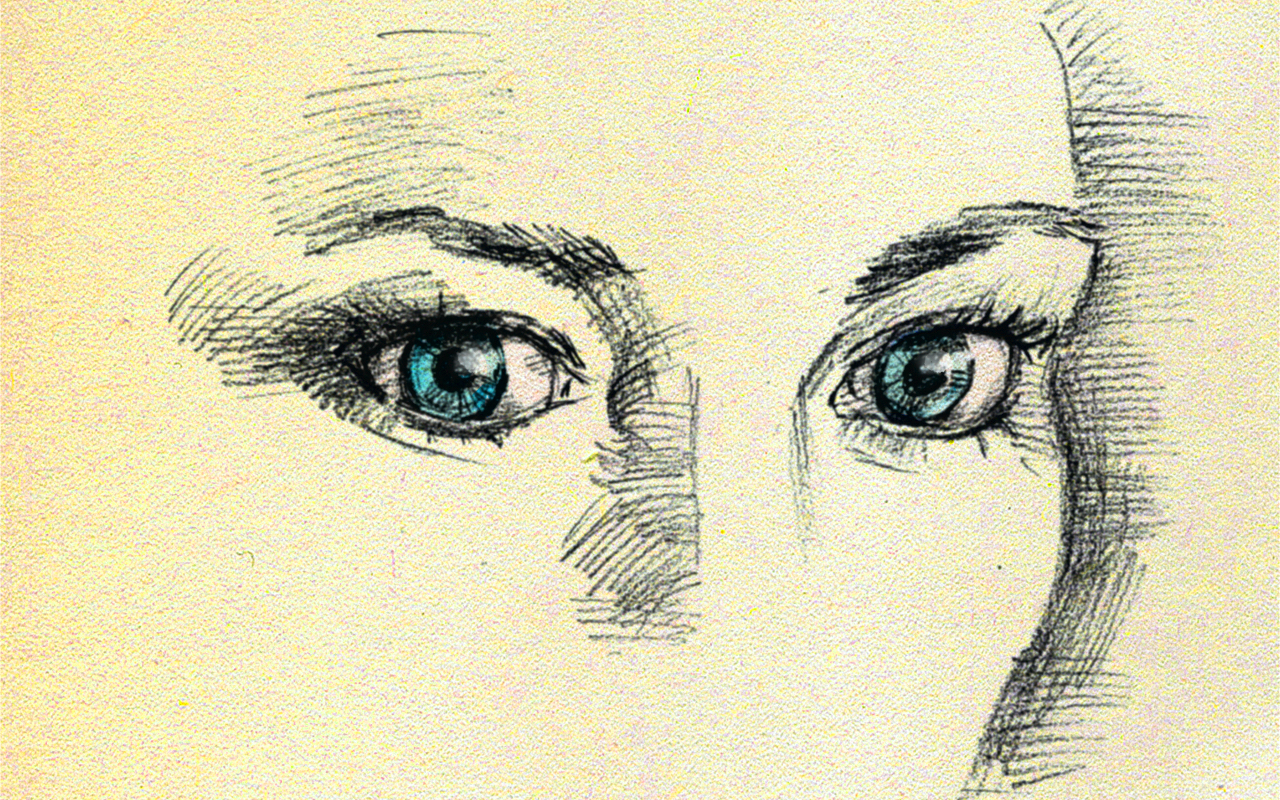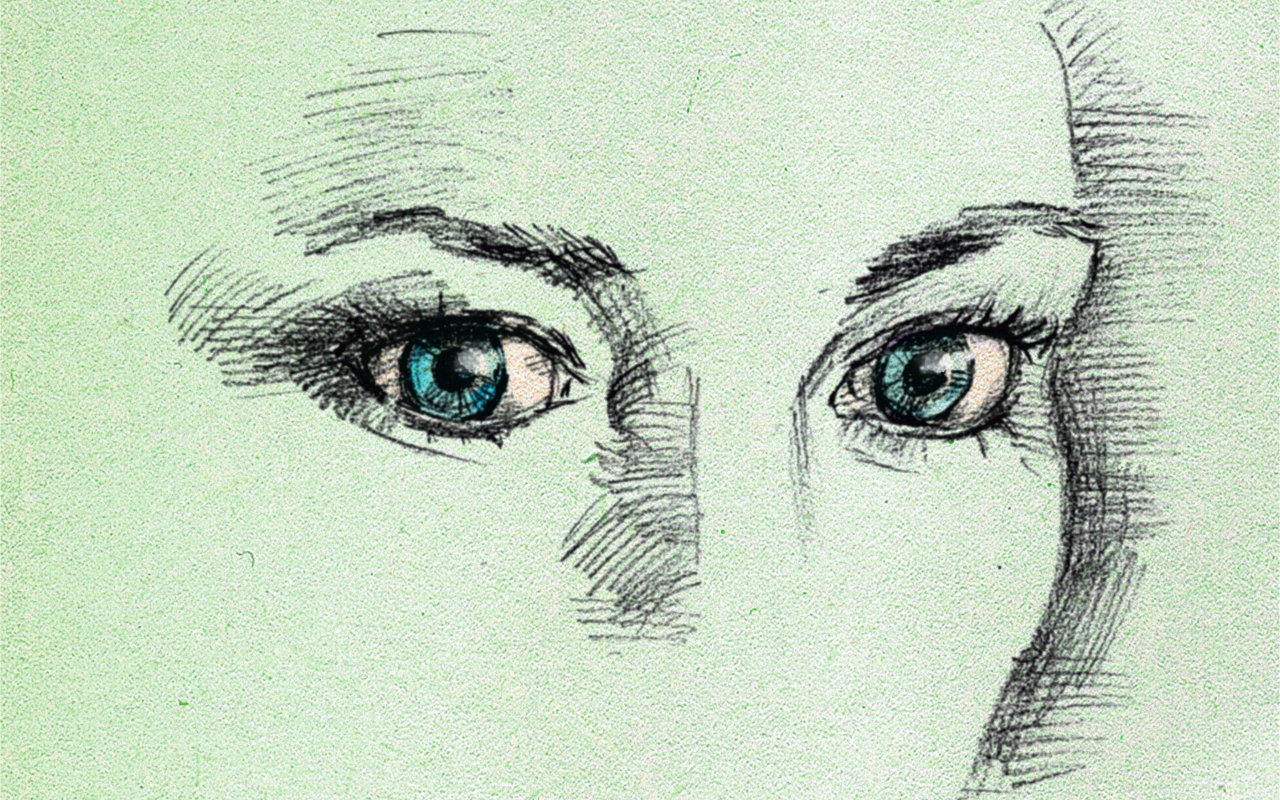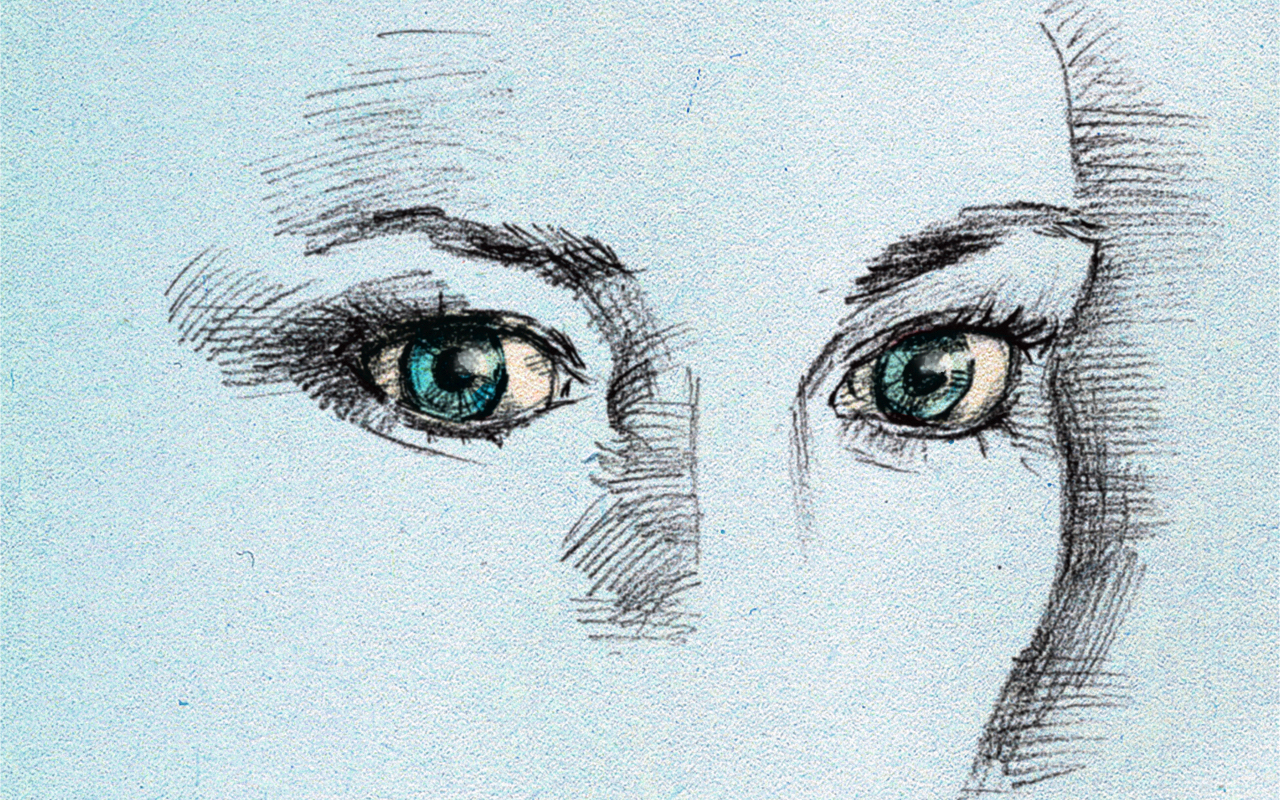This is a slightly edited extract of the introductory chapter, called Princess Myths in the Modern World. It tracks the modern fairy tale princess myth through is origins in oral folklore, to the early published versions by the Grimm Brothers and Hans Christian Anderson and into the Disney retellings.
All the “top five” princesses have distant and uninterested fathers. Fairy tale kings make no effort to help their daughters as they are beset by evil, but this is never presented as a failing of fatherhood or masculinity. Even when they trade their daughters to terrifying Beasts, they are simply playing out “natural” fatherly acts. The fairy tale king is oblivious to his daughter’s danger and merely waits for her to be rescued by marriage to the Handsome Prince. He never suffers any of the punishments reserved for the evil women of fairy tales. His role is to progenerate a daughter and bestow the title of princess upon her. He is not a morality tale for men and boys, or a warning to women and girls because fatherhood’s only moral obligation is to provide wealth. Any failing of care, protection or guidance belongs to women.
The Handsome Prince is the apotheosis of every fairy tale princess’s story, but he, too, is an archetype not a person. He might participate in a physical fight to demonstrate his masculine ability to rescue his princess from danger, but the villains he fights are not his protagonists, they’re hers. He has no need of villains to overcome because he has no character development. He’s a cipher, he exists only to be the key to female happiness and saves pure young princesses from the perils of unmarried life. He is never expected to learn the benefits of unselfishness, because men are allowed, even encouraged to have ambitions for themselves and their futures. Princesses are punished for such things. If the Handsome Prince is violent, angry, feckless, or boorish, he doesn’t have to learn or improve himself, he simply waits for his princess to change him and then gives her the happy ever after her unselfishness has earned.
Demonising powerful women, who through age, experience, personality, or sheer force of their own desires have found agency outside winning a man’s love, serves the needs of patriarchal power structures by strengthening the myth that “good” women are passive and isolated, completely dependent on their husbands. “Bad” women are active, independent, closely connected to other women like themselves, and in fairy tales, will always be served their just punishment of violence and death.
The mothers of all five princesses die before the story begins to ensure the princess myth is reinforced by the erasure of any loving protective womanhood. Dead, loving mothers are replaced by an evil mother figure who is the pivotal point of the fairy tale. The Princess must reject (but not fight) the evilness of “selfish” women to achieve her happily ever after, which can only happen when she is married to the Handsome Prince.
Even without the prince, what kind of goal is living happily ever after? Life without grief, effort, work, even moments of boredom or self-doubt, in some untouched Stepford world of ease and nothingness is not just unrealistic, it’s deeply unsatisfying. A woman who is fully engaged with herself, her children (if she chooses to have them), and the wider world will always have moments of pain and exhilaration and quiet achievement. Women with ambition and desires would want, even need such experiences.
But this is an essential aspect of the fairy tale princess myth: she doesn’t have a future. Her story ends at the altar. If it didn’t, what would happen after she marries her Handsome Prince and has his children? Does she become the beautiful Queen who dies after giving birth to a daughter? Does her Handsome Prince become the King whose second wife is the villain in her daughter’s story of helpless femininity? We are never told because motherhood is not patriarchy’s aspirational fairy tale and fairy tale princess stories must end before the princess outgrows her teens. Older women are the villains, not the heroines, of fairy tales.
It would be so comforting to believe that these attitudes disappeared with all the social and legislative changes women fought to achieve over the last 50 years. Reality, however, is rarely comforting. There are hundreds of research papers from all over the world that prove rape myths are still the most effective form of defence in a rape trial. The most recent one I found is from August 2023. The New South Wales Bureau of Crime Statistics and Research conducted analysis of transcripts from 75 sexual offence trials and found rape myths were “regularly relied upon” in almost all trials.
Rape myths are the natural descendants of the princess myth.
Want more? Read more extracts here or buy your copy now ($24.99 – including postage within Australia).





